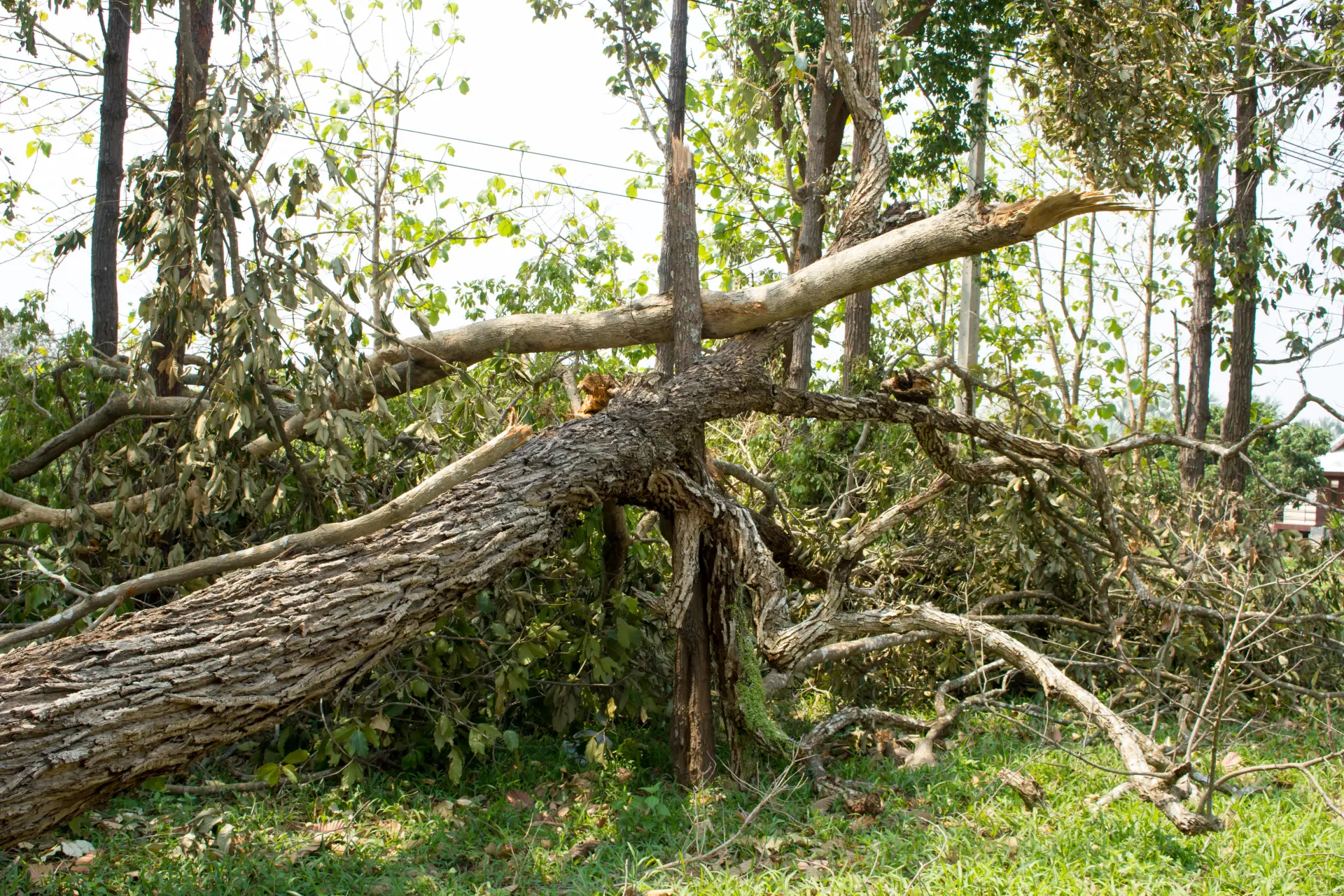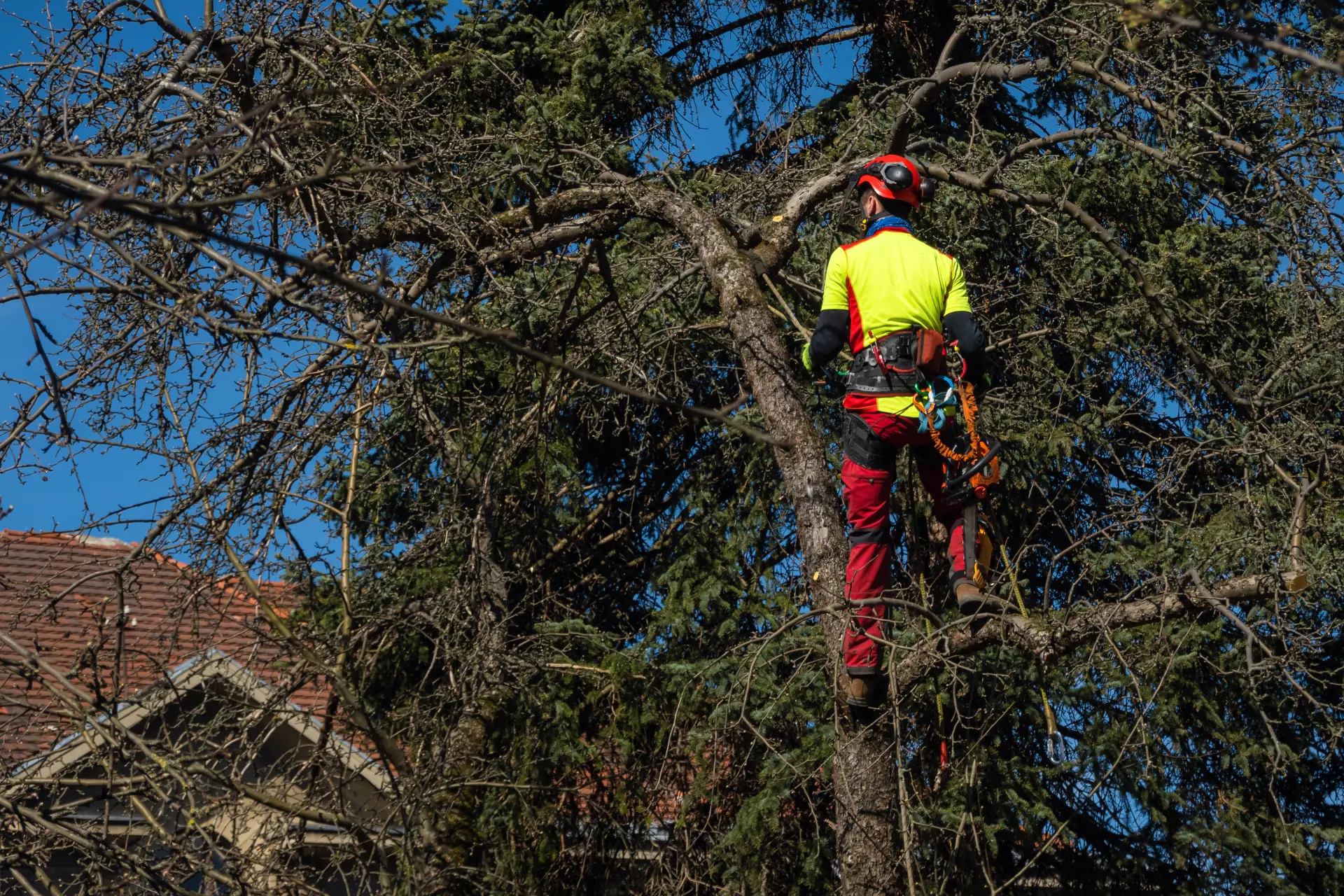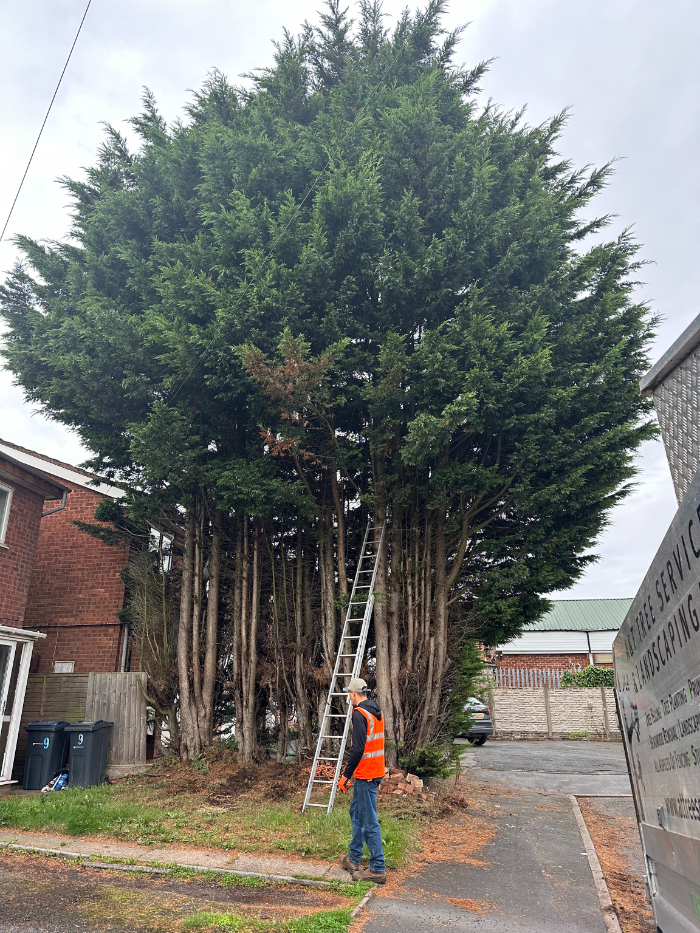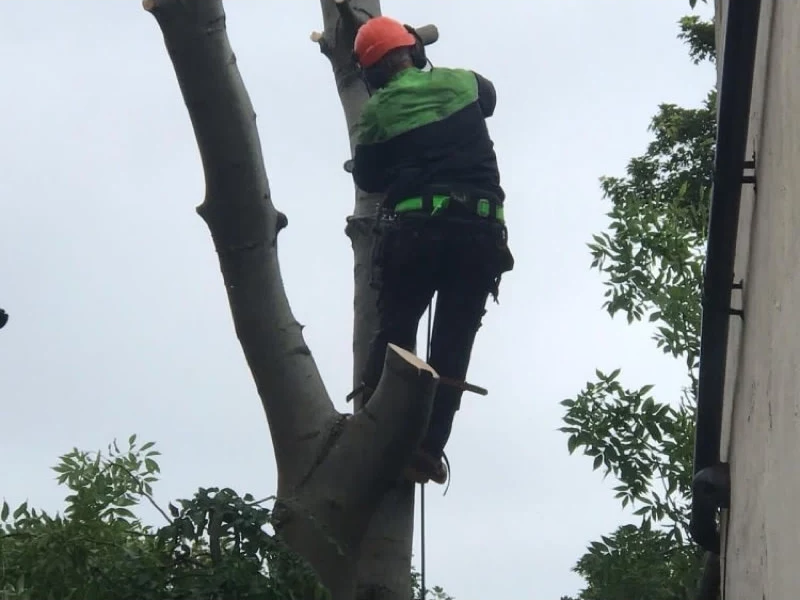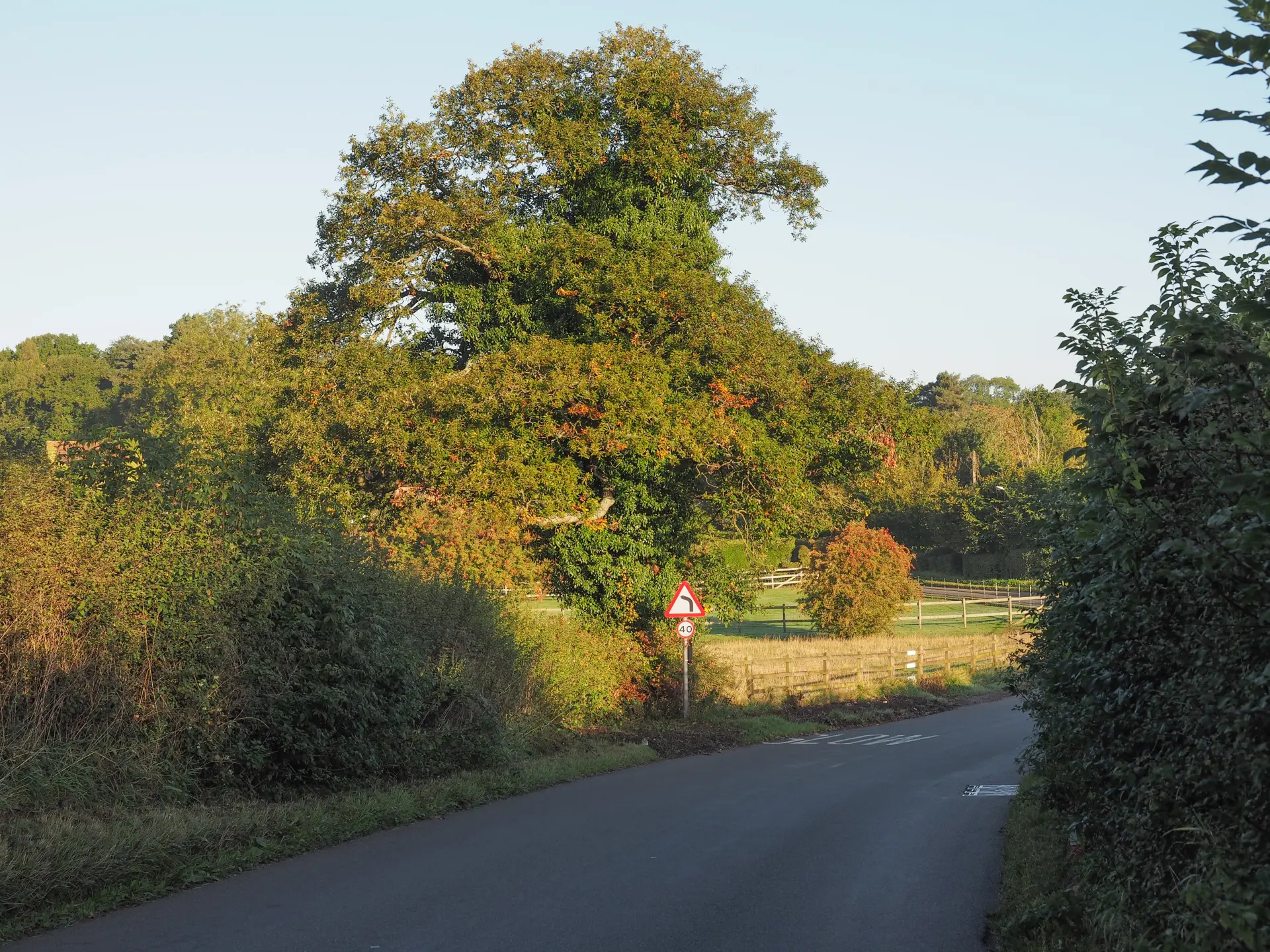Why plant a new tree?
Planting a new tree after a tree removal service has many environmental, aesthetic, and practical benefits. When a mature tree is removed due to diseases, storm damage or safety concerns, it leaves more than just an empty space behind. Removing a mature tree can disrupt your shade coverage, soil stability, and wildlife habitats, and replacing it with a new tree can help quickly re-establish these lost benefits.
New trees can also enhance your soil health by reducing the risk of erosion, improving the soil's water retention, and replenishing organic matter. Additionally, tree roots filter rainwater and reduce runoff, which helps protect local waterways from pollution. Ecologically, new trees also provide shelter and food for birds, insects, and other wildlife. Even young trees can support pollinators and provide small nesting sites for small birds and insects.
Choosing the right tree
Choosing the right tree to plant after a tree removal service is an important decision that can have a lasting effect on your garden or local environment. Not every tree will thrive in every location, and choosing the wrong species can lead to poor growth, maintenance problems, or even the need for another removal service in the future.
The UK’s climate can support a wide range of tree species, but your local temperature, rainfall, and wind exposure are all factors that need to be considered. Some trees, like silver birch or rowan, are better suited for colder, wetter conditions, while others, like ornamental cherries, are ideal for more sheltered, well-drained areas.
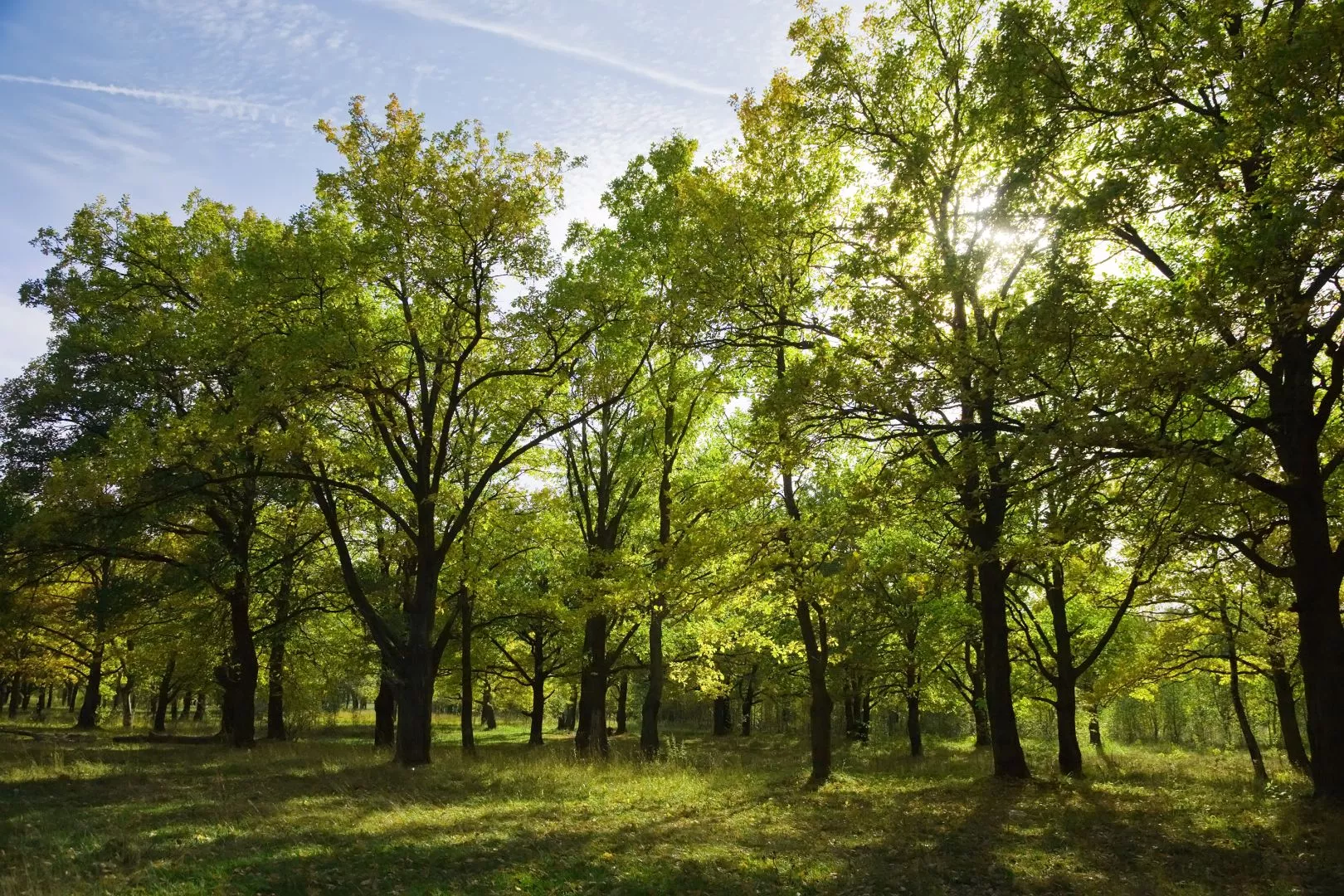
The soil type is another crucial factor that needs to be considered. Trees such as hornbeam and field maple are ideal for clay soils, while beech and Scots pine are better suited for free-draining, sandy conditions.
Additionally, it's important to factor in the new tree's size and growth patterns. Planting a tree that will eventually outgrow its space can cause problems with the roots, shade, and nearby structures. For smaller gardens, tree species like crab apple are great for providing seasonal interest without overwhelming the area, while larger spaces can accommodate oak or sweet chestnut trees.
When you're choosing your tree, it's best to consult with a local arborist or garden centre so that factors like sunlight, space and maintenance requirements are all considered. Planting the right tree in the right place ensures it will thrive and become a long-term asset to your property.
Checking the soil and location
Planting a new tree after a tree removal service can restore beauty and biodiversity to your outdoor space. However, the success of your new tree depends heavily on two factors: your soil quality and the tree's location. Ignoring these aspects can cause the tree to grow poorly, be more susceptible to diseases, or even die prematurely.
Your soil quality directly affects a tree’s ability to establish strong roots and absorb the nutrients and water it needs. After a tree removal service, the soil in that area can become compacted, depleted of nutrients, or it may harbour residual pathogens, especially if the previous tree was diseased. Therefore, conducting a soil test to determine its pH, nutrient levels, and texture is essential.
Many native UK trees prefer slightly acidic soils, while others, like beech, struggle in clay soils. Amending the soil with organic matter, improving its drainage, or correcting the soil's pH levels before planting can dramatically improve the new tree’s chances of thriving.
The tree's location is also important. Factors such as your sunlight exposure, wind patterns, and available space can determine whether a tree will grow to its full potential or not. Planting a new tree in a spot that doesn't receive enough light can stunt its growth, while overly exposed areas can damage young saplings. Additionally, the location should provide enough space for the tree to grow and mature without overcrowding other plants or structures. Matching the tree's species to both your soil and location ensures it can adapt to its environment.
When to plant your tree
Planting a new tree at the right time is crucial for ensuring it establishes its roots and thrives. The timing can affect how quickly the new tree can develop a healthy root system, resist stress, and adapt to its environment. Planting at the wrong time can trigger transplant shock and water stress, which can stop the tree from growing or even cause it to die prematurely.
In the UK, the best time to plant a new tree is generally during late autumn and early spring, particularly between November and March. During this time period, the tree won't be actively growing, which allows it to focus its energy on developing its roots rather than its leaves.
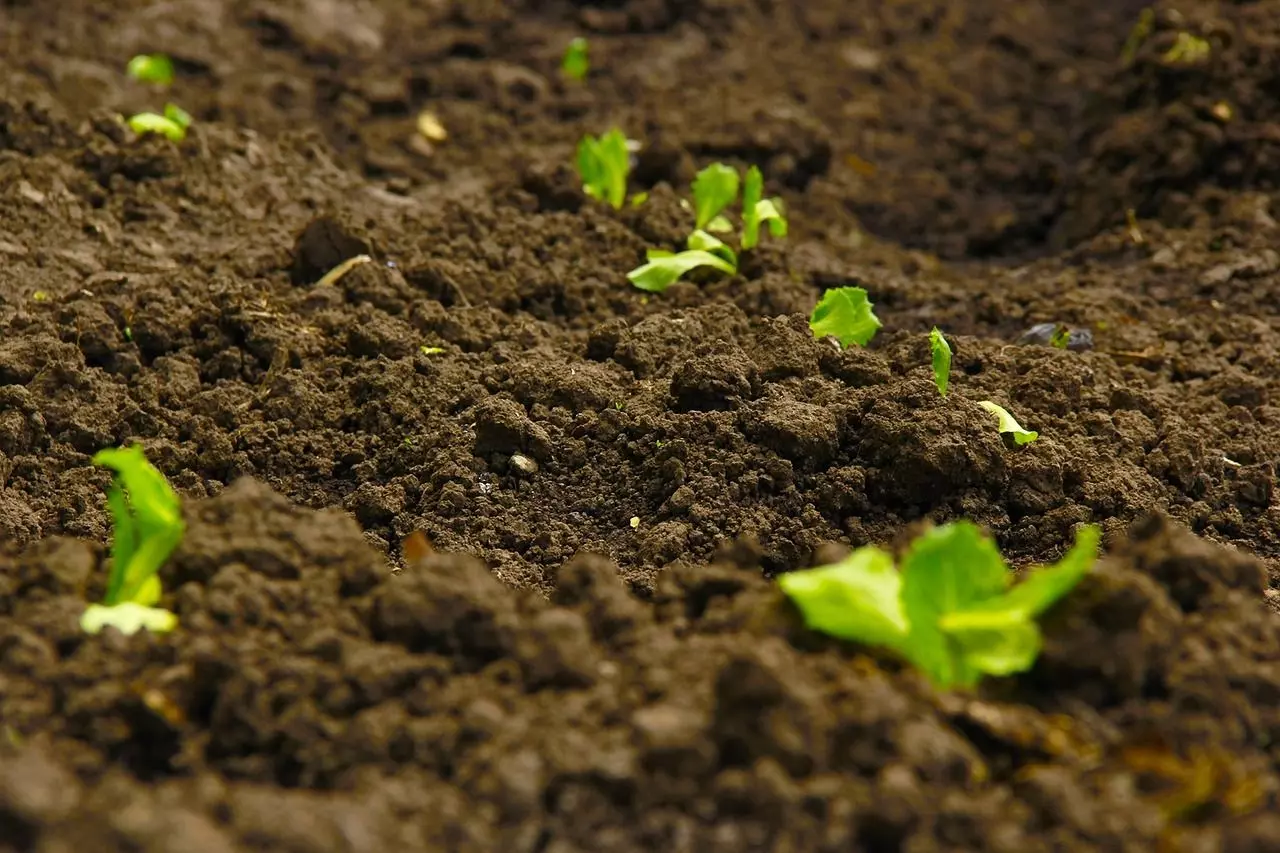
Planting in late autumn is also ideal since the soil is still relatively warm from summer, which encourages the roots to grow before winter sets in. Early spring is another great time period for planting new trees since the soil begins to warm up and the tree can quickly transition into active growth.
It’s best to avoid planting new trees during the height of summer, especially after a tree removal service. Newly planted trees need consistent moisture, and the warm, dry conditions in summer can cause water stress and make it harder for the tree to develop a strong root system. Similarly, planting in frozen ground during winter should also be avoided, as the roots cannot penetrate the soil effectively.
By timing the planting correctly, you can give your new tree the conditions it needs to thrive and ensure it becomes a healthy, long-term asset to your garden or landscape.
At A&T Tree Services Ltd, our certified arborists can provide removal services for hazardous, diseased or overgrown trees. We prioritise safety and eco-friendliness, and we always leave our sites clean, compliant, and ready for replanting new trees.

